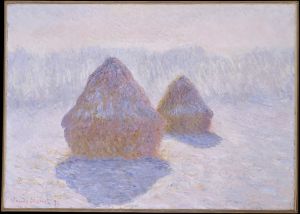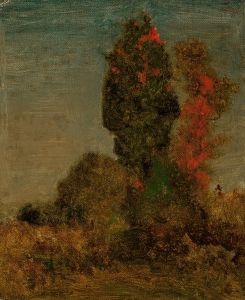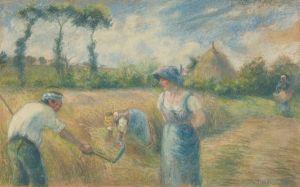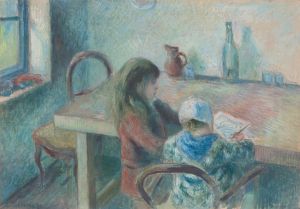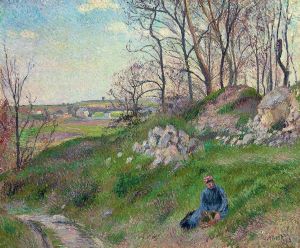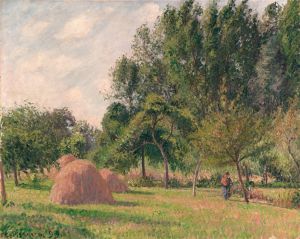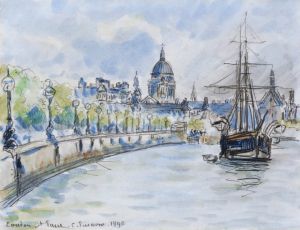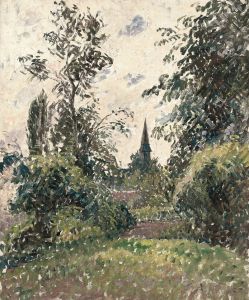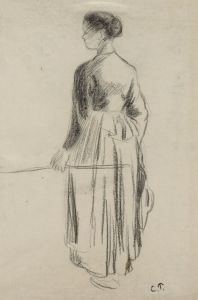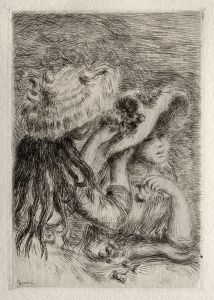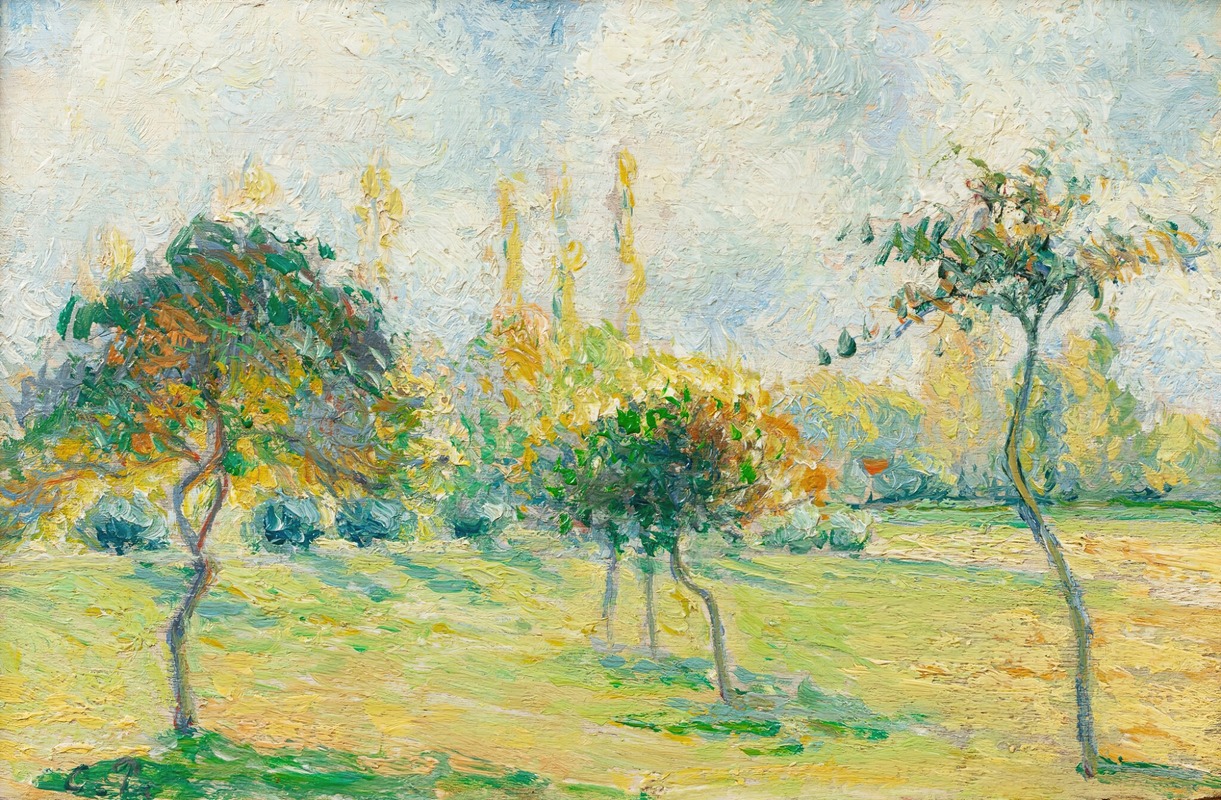
Pommiers, effet d’automne
A hand-painted replica of Camille Pissarro’s masterpiece Pommiers, effet d’automne, meticulously crafted by professional artists to capture the true essence of the original. Each piece is created with museum-quality canvas and rare mineral pigments, carefully painted by experienced artists with delicate brushstrokes and rich, layered colors to perfectly recreate the texture of the original artwork. Unlike machine-printed reproductions, this hand-painted version brings the painting to life, infused with the artist’s emotions and skill in every stroke. Whether for personal collection or home decoration, it instantly elevates the artistic atmosphere of any space.
"Pommiers, effet d’automne" is a painting by the renowned French artist Camille Pissarro, created in 1894. Pissarro was a pivotal figure in the Impressionist movement, known for his innovative techniques and dedication to capturing the nuances of natural light and rural landscapes. This particular work exemplifies his mature style, characterized by a harmonious blend of color and light.
The painting depicts an orchard of apple trees in the autumn, showcasing the vibrant hues of the season. Pissarro's use of color is particularly noteworthy; he employs a palette rich in warm tones to convey the essence of autumn. The leaves of the apple trees are rendered in shades of orange, yellow, and red, capturing the transformative beauty of the season. The ground is covered with fallen leaves, adding texture and depth to the scene.
Pissarro's technique in "Pommiers, effet d’automne" reflects his mastery of the Impressionist style. He uses short, brisk brushstrokes to create a sense of movement and vitality. This method allows him to capture the fleeting effects of light and atmosphere, a hallmark of Impressionist painting. The dappled sunlight filtering through the branches creates a play of light and shadow, enhancing the painting's dynamic quality.
The composition of the painting is carefully balanced, with the apple trees occupying the foreground and middle ground. This arrangement draws the viewer's eye into the scene, inviting them to explore the intricacies of the landscape. The background is softly blurred, suggesting a gentle breeze and the passage of time. This technique not only adds depth to the painting but also emphasizes the transitory nature of the moment Pissarro seeks to capture.
Camille Pissarro was deeply influenced by his surroundings, and his works often reflect his connection to the rural landscapes of France. "Pommiers, effet d’automne" is no exception, as it embodies his appreciation for the natural world and his ability to convey its beauty through art. The painting is a testament to Pissarro's skill in portraying the subtleties of light and color, as well as his commitment to depicting the everyday scenes of rural life.
Throughout his career, Pissarro was known for his collaborative spirit and his role as a mentor to other Impressionist artists, including Paul Cézanne and Claude Monet. His contributions to the movement were significant, and his works continue to be celebrated for their innovative approach and enduring appeal.
"Pommiers, effet d’automne" is housed in a private collection, making it less accessible to the public compared to some of Pissarro's other works. However, it remains an important piece within his oeuvre, exemplifying his ability to capture the ephemeral beauty of nature with sensitivity and precision. The painting is a reflection of Pissarro's artistic philosophy, which emphasized the importance of observing and representing the natural world with honesty and integrity.
In summary, "Pommiers, effet d’automne" by Camille Pissarro is a quintessential example of Impressionist art, showcasing the artist's adept use of color, light, and composition to convey the essence of an autumnal landscape. Through this work, Pissarro invites viewers to appreciate the fleeting beauty of nature and the skillful artistry that defines his legacy.






